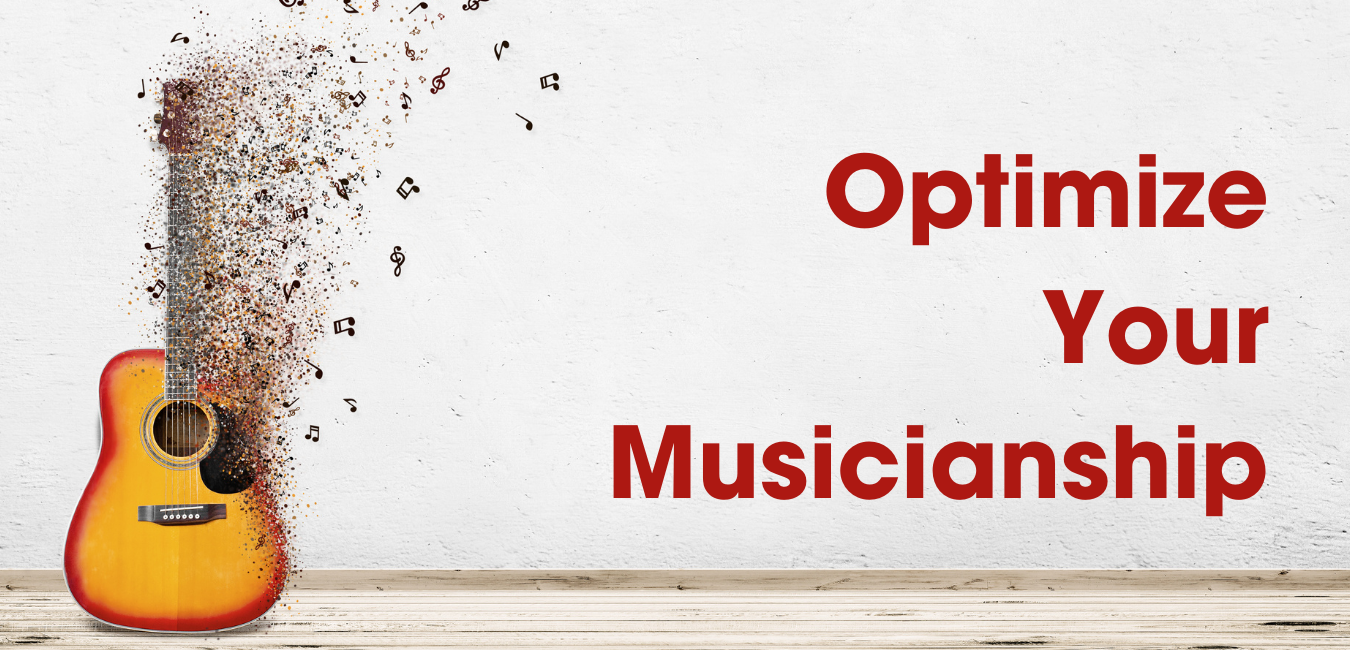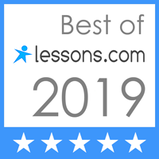|
In this blog I'm going to lay out an overarching/holistic approach to putting the puzzle that is music together! Excelling at music requires you to synthesize all of the composite aspects of playing together to create your unique self on your instrument. I'll lay out and briefly describe what I consider are the 12 most salient areas of musicality. In the broadest sense, music consists of 4 main parts: rhythm, harmony, melody and tone/timbre. This blog will go much deeper in exploring those fundamentals...
1. Ear training: absolutely essential for musicians - the better your ear, the easier it will be to figure out songs, solos etc. and compose your own music. Suggestion: sing the notes you're playing in real time, this will help a lot, will get you synced with your instrument and is fun! 2. Rhythm: the best players also have the best rhythm, whether it's in their background chording, soloing or melodies. Rhythm is so important that I think it's fair to say that without it, there is no music! Suggestion: play with metronome/drum beats often. 3. Endurance: an often overlooked aspect of playing an instrument, that is, until you get in a band and realize you can't come close to keeping up! Suggestion: play along with songs/jam tracks for the ENTIRE duration of the piece! (this is also a great warm-up exercise) 4. Strength: closely associated with endurance in that, as one goes up the other, to varying degrees, the other rides it's coat-tails. Suggestion: on guitar, play lots of barre chords and on bass, play chords. 5. Pure Improvisation: by this, I mean soloing over a progression that has no pre-planning whatsoever. You put on a jam track/etc. and just play. Like a great conversationalist, who knows that they call speak in an interesting and meaningful way in any situation, great soloists get to that point by studying their craft in myriad ways. Suggestion: Put a jam track on and solo over the entire form in a static position then on the next round through the progression move up to the next position and repeat... 6. Compose solos: This is something almost all of the greats often do, whether it's Brian May, David Gilmour or Alex Lifeson. When you compose a solo, you work on it piece by piece, editing, changing and rearranging as you go. This will help your pure improvisation too! Suggestion: try and add many different techniques while composing solos and also try and get creative with the rhythm. 7. Copy solos: Learning solos "note for note" is very good ear training and will also give you an indirect route into crucial music theory as used by the greats! Additionally, it's extremely fun when you can really lock-in and play along with a solo in perfect unison. Suggestion: start with simpler solos and really try and recreate all the nuances. 8. Copy guitar/bass parts: many musicians focus on learning the chord structures and solos of songs while ignoring the interior parts of the songs. This is also great ear training and can be very difficult because it's harder to hear the interior parts and they're often buried in the mix. Suggestion: work on learning parts that you really love! 9. Compose guitar/bass parts: doing this will help your overall musicality. Coming up with additional parts that both compliment and enhance the song is really an art form! Suggestion: with your looper pedal or recording equipment/software, whatever you record, always lay down at least one additional part and eventually, you'll get good at it and everybody wins! 10. Music theory: This area is so vast, you could spend the rest of your life analyzing it! However, realistically speaking, the beauty of music theory is that every time you learn some new aspect of it, you can immediately incorporate it into your playing. Then, when you've used it enough, it will become a part of your "musical personality". Suggestion: when you pick up a new piece of music theory, try and use it over and over again in things you already play. For example, if you learn about chord substitutions, try adding a new section to a progression you typically play but that uses the new substitution idea in it. 11. Hand synchronization: getting your right and left hands operating in perfect unison is essential and challenging. Anything you play can move you in the right direction here provided it's played slowly and deliberately (and preferably, using a metronome/drum beat) Suggestion: work on playing scales, arpeggios and exercises using string skipping, it's extremely effective, fun and sounds amazing! 12. Right and left hand techniques: Like music theory, this area is so vast, it's inexhaustible! If variety is the "spice of life", the musical equivalent is technique. Generally, the best, most innovative and interesting players use many different techniques in their playing. Suggestion: particularly when soloing/composing solos, remind yourself to try and incorporate at least one more technique than you would typically use. |
AuthorEric Hankinson Archives
December 2023
Categories
All
|
|
The Chromatic Watch Company
(my other business) |
|


 RSS Feed
RSS Feed

